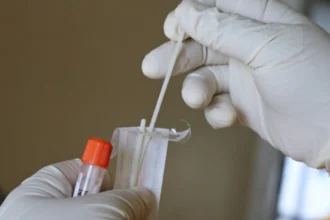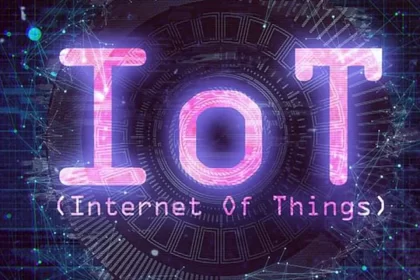As our parents age, their needs evolve, requiring thoughtful consideration of tools and resources that can help them maintain independence while ensuring their safety. The journey of caring for aging parents often involves balancing respect for their autonomy with genuine concern for their wellbeing. This delicate balance has led many families to explore innovative solutions that provide peace of mind without compromising dignity.
Among these solutions, personal safety systems stand out as particularly valuable. The Scandinavian approach to elderly care has pioneered many advancements in this field, with solutions like Sensorem trygghetsalarm representing the gold standard in personal safety technology for seniors. These systems combine sophisticated monitoring capabilities with user-friendly interfaces, allowing elderly individuals to maintain their independence while providing families with reassurance that help is available at a moment’s notice.
The growing importance of personal safety alarms
Personal safety alarms have become increasingly essential components of elderly care strategies worldwide. The global market for these devices was valued at approximately USD 90.2 million in 2023 and is projected to grow significantly in the coming decade. This growth reflects both technological advancements and increasing awareness of their benefits among families caring for aging parents.
These devices serve as crucial lifelines for seniors living independently. When an emergency occurs—whether a fall, sudden illness, or other crisis—immediate access to help can literally be lifesaving. Research indicates that personal emergency alarms significantly reduce the need for frequent family check-ins while simultaneously improving seniors’ sense of security in their homes. This dual benefit addresses both practical safety concerns and the emotional wellbeing of elderly individuals who value their independence.
This highlights the importance of selecting systems that are not only effective but also intuitive and comfortable enough to encourage regular use. The most successful safety solutions are those that seamlessly integrate into seniors’ daily routines rather than feeling like intrusive monitoring devices.
Comprehensive care beyond alarms
While personal safety alarms form a cornerstone of elderly care technology, a holistic approach to supporting aging parents encompasses several additional essential elements. Creating a safe living environment requires thoughtful consideration of multiple factors that contribute to both physical safety and quality of life.
Home modifications represent another critical component of elderly care planning. Simple changes like installing grab bars in bathrooms, removing trip hazards, and improving lighting can dramatically reduce fall risks. More substantial modifications might include stair lifts, walk-in showers, or first-floor bedroom conversions depending on individual mobility needs. These physical adaptations work in concert with personal alarm systems to create comprehensive safety networks.
Medication management tools have also evolved significantly in recent years. From simple pill organizers to sophisticated electronic dispensers with programmable reminders, these systems help ensure that aging parents maintain their prescribed treatment regimens. Some advanced systems even integrate with smartphones or monitoring services to alert caregivers if medications are missed, creating another layer of protection that complements personal safety alarms.
Social connection tools are equally important for elderly wellbeing. Research shows that social isolation significantly increases health risks among older adults, making technologies that facilitate regular communication with family, friends, and community essential components of comprehensive care. Video calling platforms, simplified smartphones, and community engagement applications can help aging parents maintain vital social connections that contribute to both mental and physical health.
The future of elderly care technology
The landscape of elderly care technology continues to evolve rapidly, with innovations emerging that promise even greater independence and safety for aging parents.
These advanced systems go beyond basic emergency response functionality to incorporate features like GPS tracking, automatic fall detection, and integration with smart home systems. Some cutting-edge solutions even monitor vital signs and activity patterns, establishing baselines that allow for early detection of potential health issues before they become emergencies. This preventative approach represents a significant advancement over traditional reactive systems.
The integration of artificial intelligence into elderly care technology holds particular promise. AI algorithms can analyze patterns of behavior and movement, distinguishing between normal variations and potentially concerning changes that might indicate health problems. When combined with personal safety alarms and other monitoring tools, these systems create comprehensive safety nets that balance independence with protection.
Telehealth integration is another important advancement in elderly care technology. Modern personal safety systems increasingly offer seamless connections to healthcare providers, enabling remote consultations and continuous health monitoring. This integration reduces barriers to healthcare access for mobility-limited seniors while providing healthcare professionals with valuable data for more informed treatment decisions.
As families navigate the complex journey of supporting aging parents, technology offers increasingly sophisticated tools to help maintain the dignity and autonomy that seniors deserve while providing the safety and support they need. The thoughtful integration of personal safety alarms alongside other essential care elements creates environments where aging parents can thrive independently with confidence and security.










